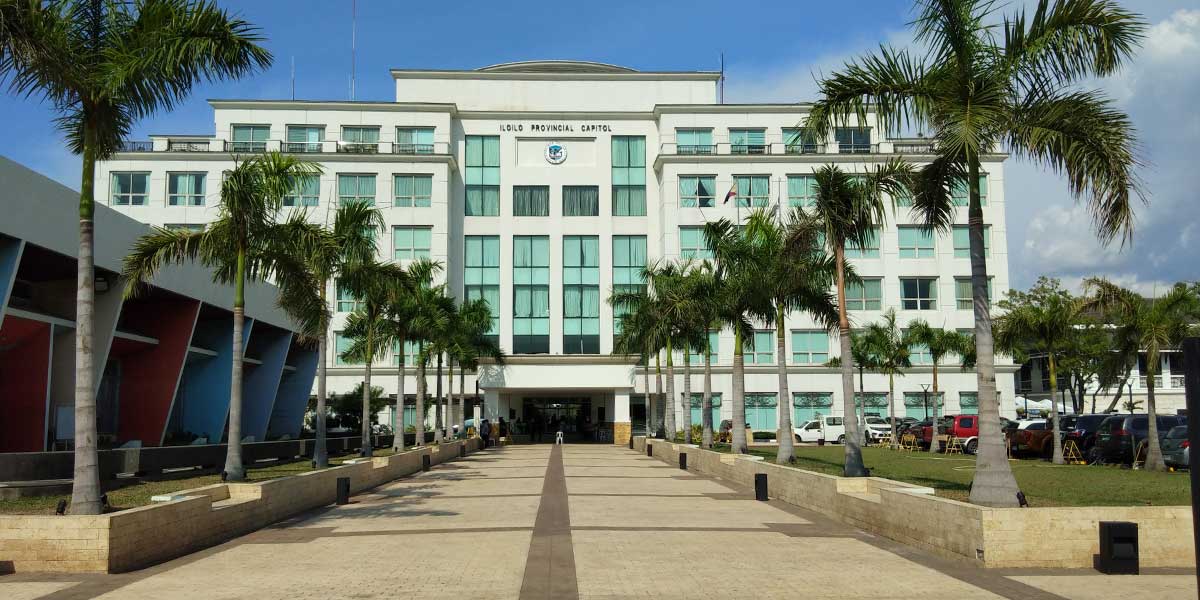By Herbert Vego
IN a previous issue, this column focused on the rising popularity of solar panels installable on rooftops. As revealed by Joseph Teruel of Peak Power, his company may now install two 500-watt solar panels to empower a home with an air-conditioner, a TV set and a refrigerator at a cost of ₱55,000, or ₱80,000 with a rechargeable battery added.
Peak Power has “solarized” such big buildings as the Medicus Hospital, St. Paul’s University, and the Iloilo City Public School Teachers Cooperative, among others.
They have the option of either connecting to the grid or to diesel-powered generators to assure continuity of electricity at night or during “sunless” days.
When exposed to sun rays, the solar panels produce an electric charge, creating a direct current (DC). An inverter converts the DC electricity into alternating current (AC), the type of current used in powering everyday electrical equipment and appliances.
Solar is one of the renewable energy sources that may now be integrated with MORE Power, Iloilo City’s distribution utility (DU), for cheaper cost. “Renewables” are seen as cheaper alternatives to coal.
In an interview with the talk show “Tribuna sang Banwa” on Aksyon last Sunday, MORE Power Vice President (for corporate planning) Niel V. Parcon told us that the Russia-Ukraine war had forced up coal prices and likewise gave the DUs a reason to hike household rates to ₱14 per kilowatt-hour.
Thank God, Parcon said, “It has now gone down to ₱10.71/kWh in September and hopefully lower in succeeding months.” But it still pales in comparison to the ₱6-₱7 pre-war rates.
Our basic problem with power generation is that most power plants in the Philippines rely on coal and the more expensive diesel.
On the positive side, it has encouraged a shift to renewable energy, such as geothermal, wind and solar.
Those that generate geothermal energy – heat from underground reservoirs – make up only around 20 percent of our country’s power supply.
“There are now on-going constructions of geothermal power plants,” Parcon enthused. “But it would take at least five years before they could operate. As of now, coal still dominates the supply.”
As of today, DUs in the Visayas rely mainly on Palinpinon Geothermal Power Plant in Valencia, Negros Oriental.
An existing coal-fired generating plant in Concepcion, Iloilo — Palm Concepcion Power Corporation (PCPC) – is now at work on a ₱260-million solar farm that would produce 5.57 megawatts of photovoltaic power.
Therefore, let us focus on solar or sun energy, since it may now be connected to the grid through the distribution utility, specifically MORE Power as far as Iloilo City is concerned.
To recall, no less than Energy Regulatory Commission (ERC) chair Monalisa Dimalanta came here to forge a tripartite agreement with MORE Power President Roel Z. Castro and Mayor Jerry P. Treñas to promote the utilization of the net-metering program. This scheme represents the first step of a paradigm shift from the traditional generation-transmission-distribution scheme towards individual and community based on-site power generation.
This cost-saving program encourages power users to install photovoltaic (PV) panels up to the 100-kilowatt limit to partly satisfy their electricity demand. The sun has power generation potential of 4.5 to 5.5 kilowatt-hour (kWh) per square meter per day.
Simply put, an interconnected household may harness the free energy from the sun during daytime. The electricity that is not consumed by the customer is automatically exported to the grid, where its peso value is credited to the customer’s electric bill.
Parcon said that while billionaire Enrique K. Razon Jr., who is the chairman of MORE Power, may soon put up a solar plant in Iloilo as a separate corporation, that remains to be seen. What is a fact at the moment is that his Prime Infrastructure Capital (Prime Infra) has already constructed solar power plants in Tanauan, Batangas and Maragondon, Cavite with a combined output of 140-megawatts (MW), They are expected to generate around 202 gigawatt hours annually for at least 84,000 households.
They will serve as an expansion of the existing 100-megawatt facility which Razon has acquired from Solar Philippines founder Leandro Leviste.
Alternative power sources like wind and hydrothermal are scarce, and so may be tapped on “fit all” basis, to quote Parcon. They are directly transmitted to the National Grid Corporation of the Philippines (NGCP), which in turn sells them to the DUs via bidding through the Wholesale Electricity Spot Market (WESM) whenever there is shortage of contracted supply.
With cheaper power, needless to say, will come hordes of foreign investors.






















